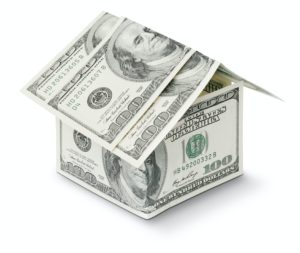 Investing in rental properties is a good way to generate income, but it also comes with expenses – the biggest of which are generally maintenance expenses. While staying on top of routine maintenance is one of the best ways to prolong the life of your property and appliances, you will still encounter unexpected expenses.
Investing in rental properties is a good way to generate income, but it also comes with expenses – the biggest of which are generally maintenance expenses. While staying on top of routine maintenance is one of the best ways to prolong the life of your property and appliances, you will still encounter unexpected expenses.
When the water heater goes out or you need to replace a furnace that dies in the middle of winter, these expenses are referred to as capital reserves or capital expenditures. Lenders often require you to have a certain amount of money set aside in a reserve fund to help cover these expenses when they come up.
How Much Money Should You Have in Reserves?
There are a few factors that influence how much money you want to maintain in reserves, such as the age of the property, its general condition, and even your tolerance for risk. In general, we like to say the more the better when it comes to having a reserve fund for large and unexpected events.
A typical rule of thumb often used as a starting point is to hold at least six months’ worth of rent in reserve for each unit you own, but the reality is that you’re never going to have too much in reserve.
At RL Property Management, our target threshold for capital expenses is generally $3,000 – $6,000 per unit. As those funds from the reserve get used, we then build them back up over time. Additionally, we hold $500 per unit in reserve to smooth out operating income for the property.
While we all want our money to be working for us, it’s important to also be able to cover maintenance issues quickly and easily when they do arise by holding cash in reserves
If you have questions about property management or what it’s like to be a property owner in Central Ohio, please get in touch with us at RL Property Management anytime by calling 614-725-3059.
